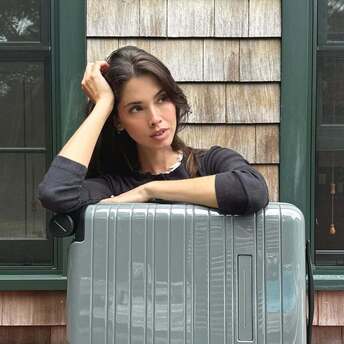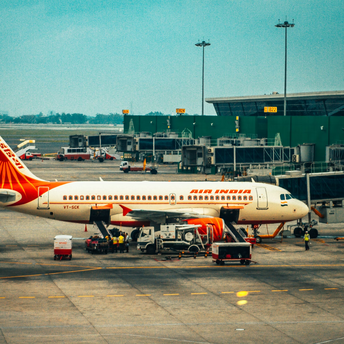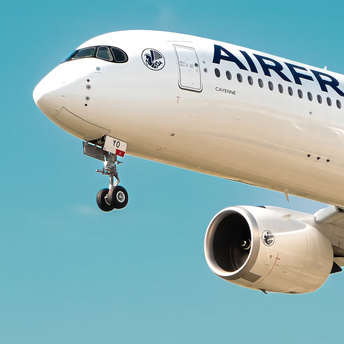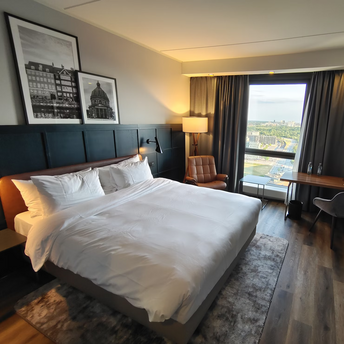Your Guide to Hand Luggage and Baggage Rules

Traveling by air is an exciting experience, but it comes with specific baggage rules that every passenger should consider in advance to ensure a smooth journey. Understanding airline baggage policies is essential to avoid surprises at the boarding gate, such as unexpected baggage fees or restrictions on carry-on luggage size limits. By familiarizing yourself with the checked baggage weight limit and personal item size allowance, you can plan your packing smartly and travel stress-free.
Each airline has unique guidelines, and baggage policies may vary or change over time. While the exact requirements may vary between airlines, most follow similar standards when it comes to hand luggage and checked bags. Knowing these common guidelines helps you prepare in advance, minimizing stress and reducing the risk of surprises like additional baggage fees or complications at check-in.
In this guide, we’ll focus on the typical rules for both carry-on luggage and checked baggage across most major airlines. By the end, you’ll have a clear understanding of what to expect and how to pack for a hassle-free travel experience.
Carry-on luggage
Most airlines allow passengers to bring on board one piece of free carry-on luggage that fits under the seat in front of them. This is typically a small bag or suitcase weighing between 7–10 kg. Additionally, many airlines permit a second carry-on item, usually stored in the overhead bins, though some charge extra for this privilege. Below are examples of carry-on luggage dimensions and requirements from a few popular airlines (excluding low-cost carriers):
Under-Seat Bag Requirements (Free Carry-On):
- British Airways
- Dimensions: Up to 40 x 30 x 15 cm
- Weight: No specific weight limit, but it must fit under the seat.
- Lufthansa
- Dimensions: Up to 40 x 30 x 10 cm
- Weight: Included within the overall allowance of 8 kg.
- Air France
- Dimensions: Up to 40 x 30 x 15 cm
- Weight: Combined with the overhead bin item, total weight should not exceed 12 kg.
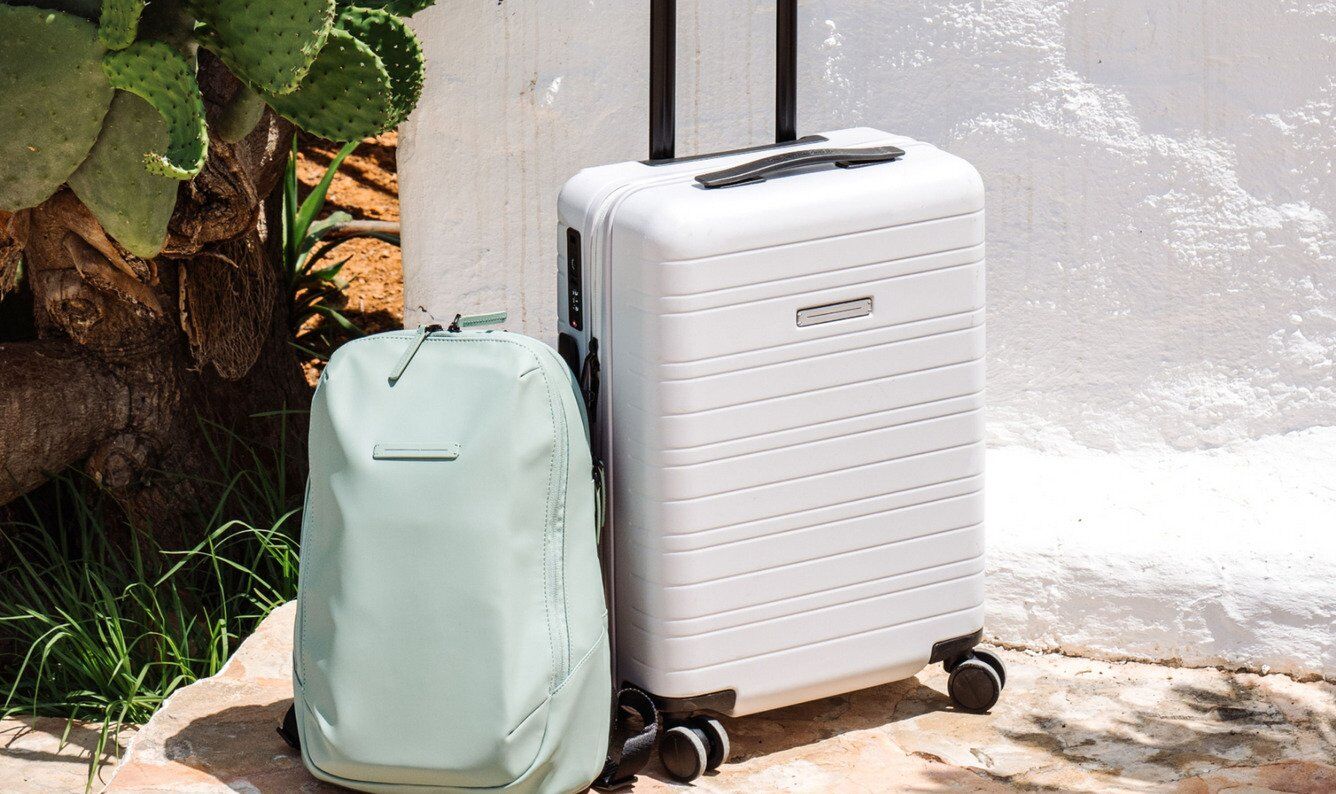
Overhead Bin Bag Requirements (Second Carry-On):
- Delta Air Lines
- Dimensions: Up to 56 x 35 x 23 cm
- Weight: No specific weight limit; must fit in the overhead bin.
- Fee: No extra fee for economy class passengers.
- United Airlines
- Dimensions: Up to 56 x 35 x 22 cm
- Weight: No specified weight, but it must be stowed in the overhead bin.
- Fee: Free for standard tickets; additional charges apply for Basic Economy passengers.
- Lufthansa
- Dimensions: Up to 55 x 40 x 20 cm
- Weight: Combined with the under-seat bag, total weight should not exceed 8 kg.
Checked Luggage Policies
When traveling with checked luggage, most airlines have clear rules regarding size, weight, and materials. Typically, the total dimensions (length + width + height) of a suitcase should not exceed 158 cm (62 inches), including handles and wheels. The standard weight limit for checked bags is usually 23 kg (50 lbs) in economy class, with an allowance of up to 32 kg (70 lbs) in premium or business class. While suitcases don’t have to be hard-shell, it’s often recommended for better protection of your belongings. Soft-shell luggage is lighter and more flexible but may be less durable. Overweight or oversized luggage often incurs additional fees, so it's essential to review airline-specific policies before packing.
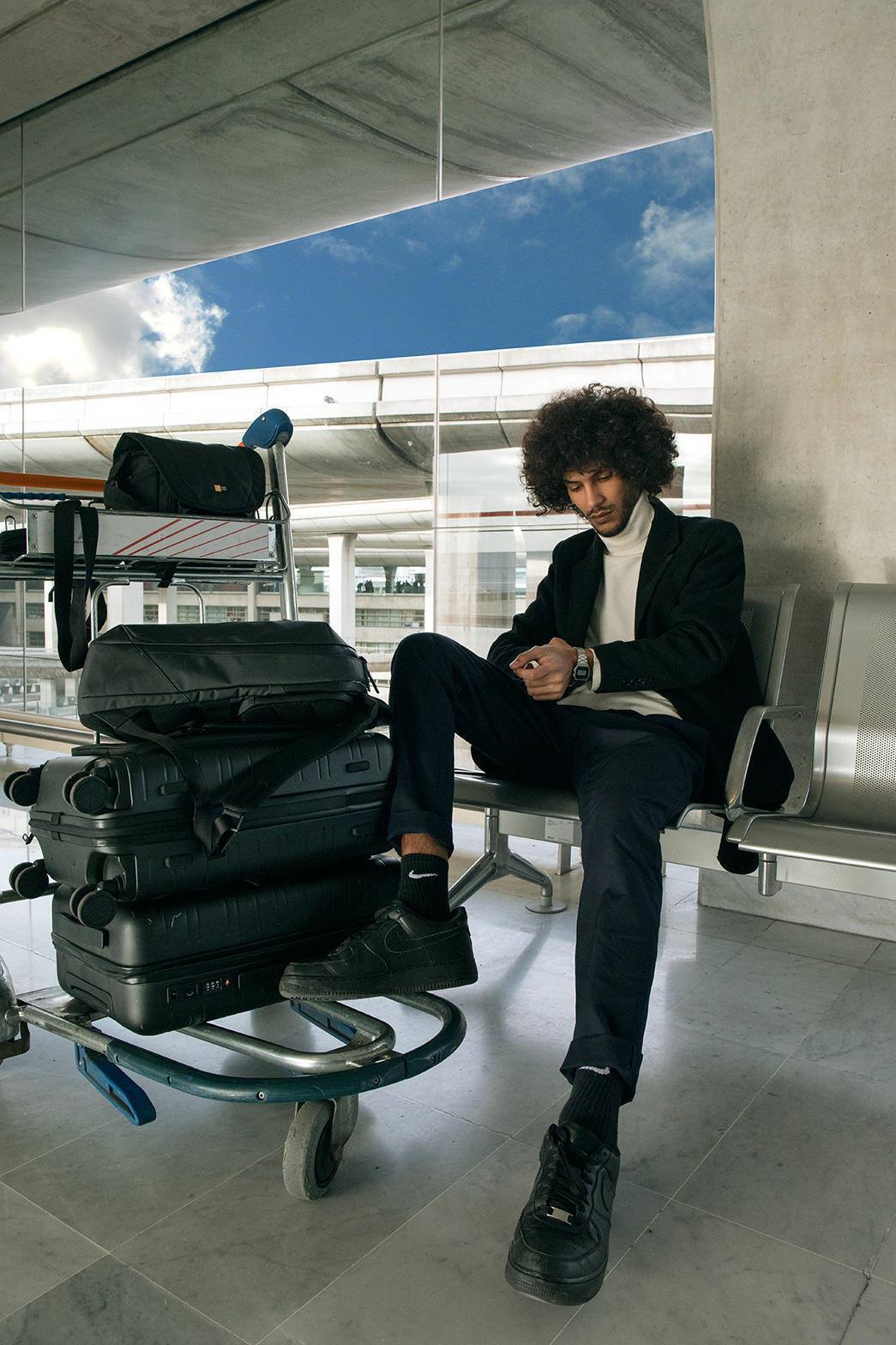
- British Airways:
- Economy Class: 23 kg per bag, maximum dimensions 90 x 75 x 43 cm.
- Premium Economy & Business Class: 32 kg per bag.
- Delta Air Lines:
- Maximum dimensions: 158 cm.
- Economy Class: 23 kg per bag.
- First/Business Class: 32 kg per bag.
- Lufthansa:
- Dimensions: Up to 158 cm.
- Economy Class: 23 kg per bag.
- Business Class: 32 kg per bag.
- Air France:
- Dimensions: Up to 158 cm.
- Weight: 23 kg for economy class; 32 kg for business class.
- United Airlines:
- Dimensions: 158 cm.
- Weight: 23 kg for economy class; overweight fees apply for heavier bags.
By following these general guidelines and checking your airline's specific requirements, you can ensure your luggage complies with the rules, avoiding extra fees and making your travel experience smoother.
Packing Tips
Packing efficiently not only keeps your trip organized but also helps you stay within the limits of airline baggage policies. By using smart strategies, you can ensure your carry-on luggage size and checked baggage weight meet airline requirements while keeping your belongings protected. Here are some expert packing tips:
1. Confirm Airline Restrictions
Before packing, review your airline’s baggage policy to ensure your luggage complies with both size and weight restrictions. Familiarity with potential baggage fees can help you avoid surprises at check-in.
2. Use Packing Cubes or Vacuum Bags
To maximize space and stay organized, packing cubes or vacuum bags are essential. They’re particularly helpful for fitting within strict carry-on luggage size limits and ensuring everything stays in place. Just remember, compressed items can increase weight, so double-check the checked baggage weight limit.
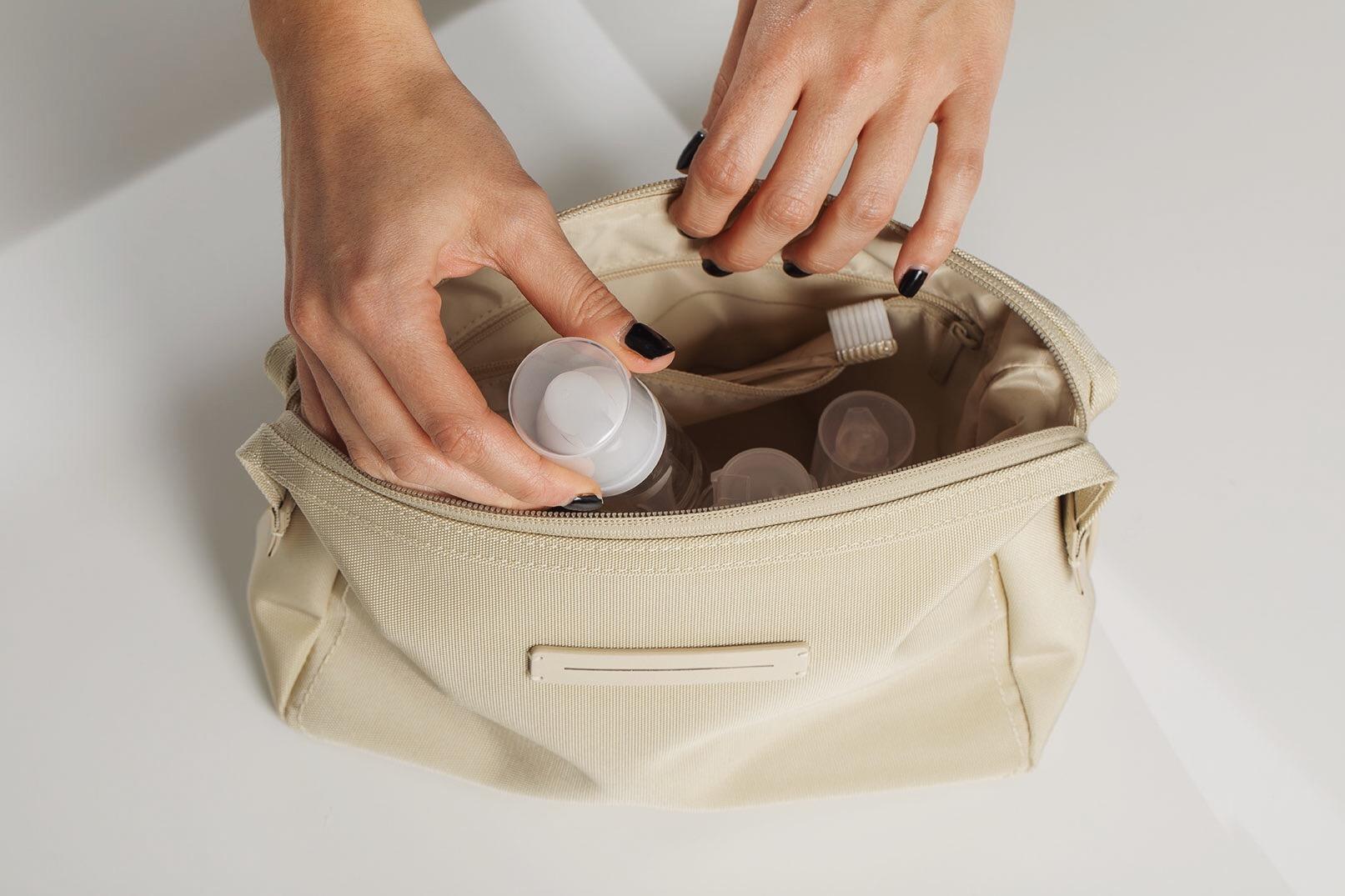
3. Roll, Don’t Fold
Rolling your clothes saves space and minimizes wrinkles, making it easier to fit within the airline's carry-on restrictions. This technique works well for casual wear and smaller items.
4. Pack Shoes Strategically
Use a shoe bag to keep your clothes clean and stuff your shoes with smaller items like socks or accessories. Keeping your bag within the airline baggage policy often requires creative packing strategies like this.
5. Minimize Toiletries
Stick to travel-sized liquids and creams, packed in a clear, resealable bag to comply with carry-on restrictions. Many destinations provide toiletries, reducing the need to bring everything from home.
6. Balance the Weight
Distribute heavier items like shoes or electronics at the bottom of your bag to meet the baggage weight limits. For checked baggage, this reduces the risk of being charged for overweight luggage.
7. Personal Item Essentials
Your personal item, which must adhere to personal item size allowances, should include travel documents, a phone charger, snacks, and other flight essentials for easy access.
By integrating these packing tips with a clear understanding of baggage policies, you’ll travel efficiently, stay organized, and avoid unnecessary stress or additional costs.
Choose the Right Suitcase
When selecting a suitcase, it’s important to consider both durability and convenience. For checked baggage, a lightweight, hard-shell suitcase is often the best option. It provides strong protection for your belongings and minimizes the risk of damage. For carry-on luggage, a soft-shell suitcase might be more flexible and fit better into the overhead bins, making it easier to store. Always make sure to check your airline’s baggage policy to confirm the allowed dimensions.
In addition to durability, many modern suitcases come equipped with advanced features like trackers, digital locks, and power banks, making your travel even more convenient and secure. These smart features ensure peace of mind during your journey and help protect your valuables.
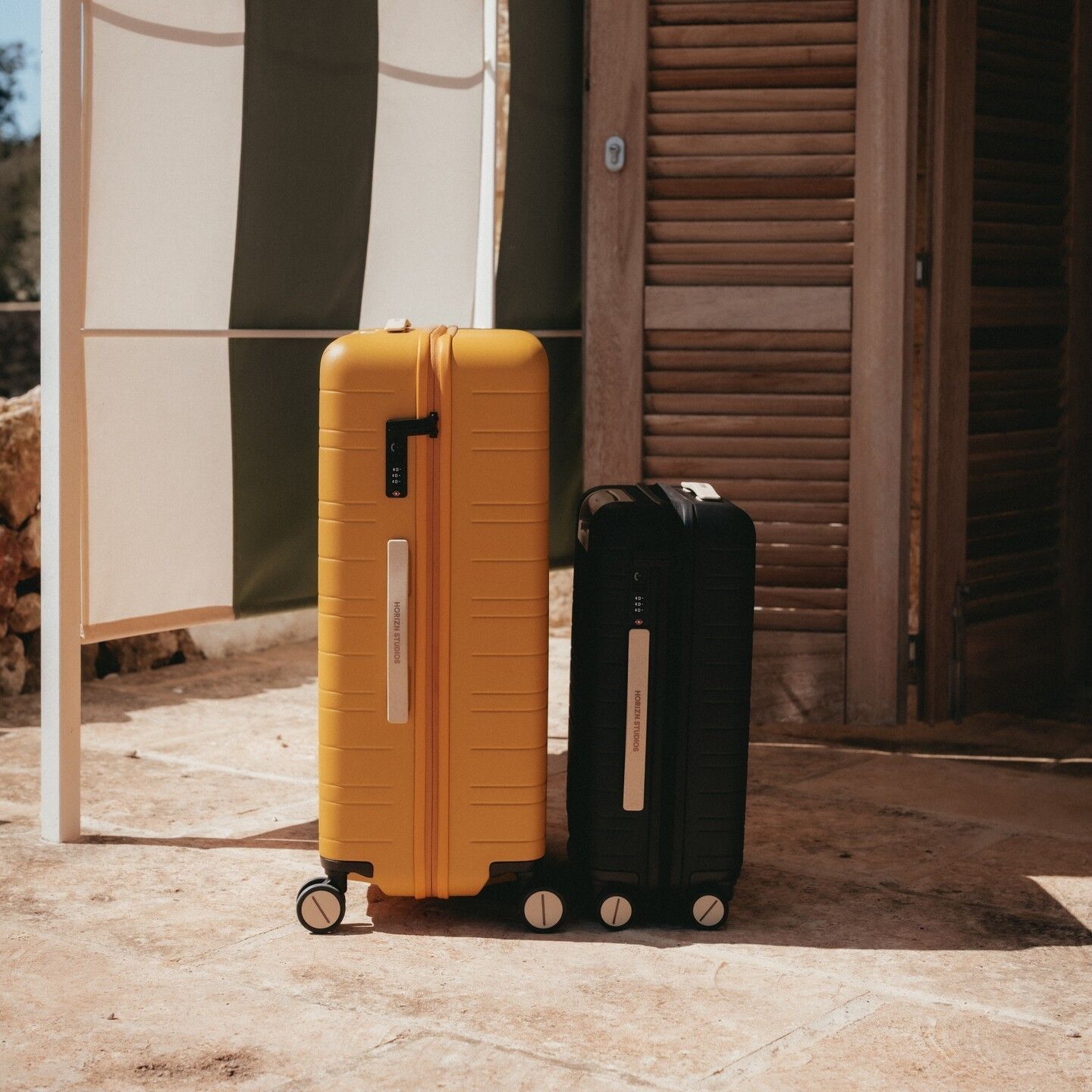
If you're planning your next adventure and want to choose a suitcase that combines technology, quality, and style, we highly recommend the innovative luggage options from the German brand Horizn Studios. You can enjoy a 25% discount on all products with the promo code HsxTravelwise at checkout on their website.
- The H5 Cabin model is an excellent choice for carry-on luggage, offering the perfect balance of compactness and durability while meeting most airlines' size restrictions.
- For longer trips, the H6 Check-In is a spacious option that stays within the typical checked baggage size limits, offering ample storage for all your essentials.
Both of these models are equipped with the latest travel tech, making them perfect for travelers who value both innovation and practicality. With Horizn Studios, your luggage will not only look great but also work smarter, ensuring a smoother travel experience.
By understanding all the baggage requirements and packing your belongings in a reliable suitcase, you can ensure that your journey will be smooth and stress-free. With the right preparation, your travel experience will be both comfortable and enjoyable from start to finish.
